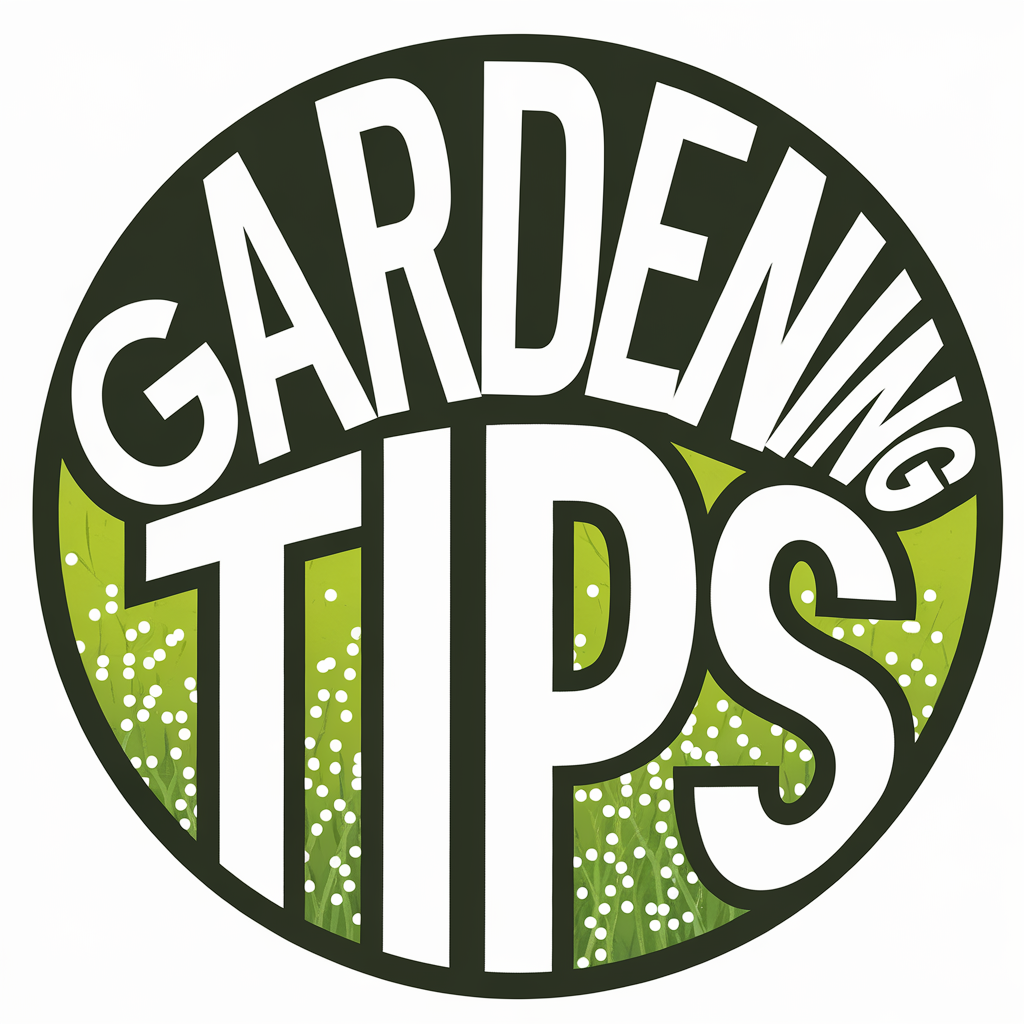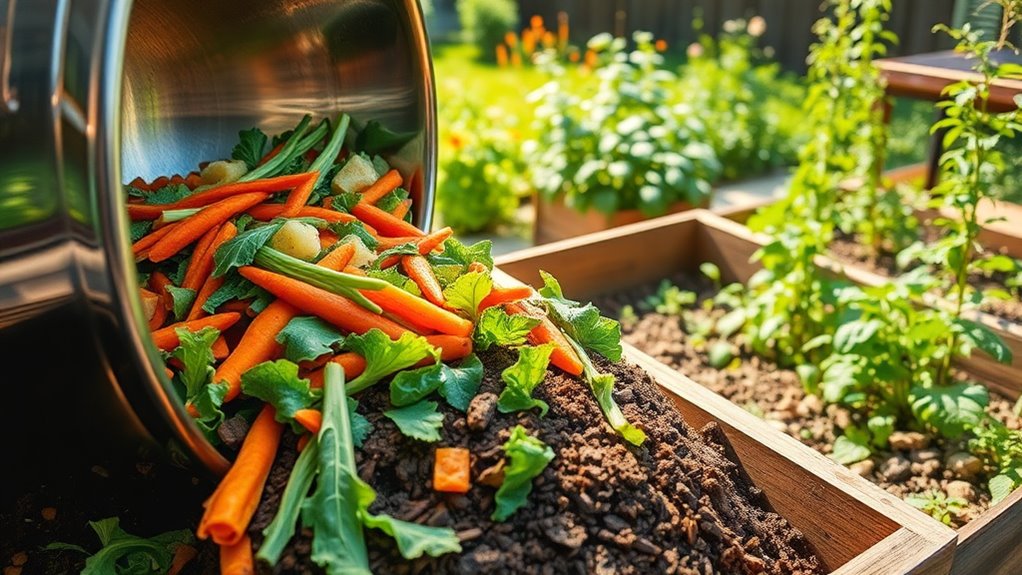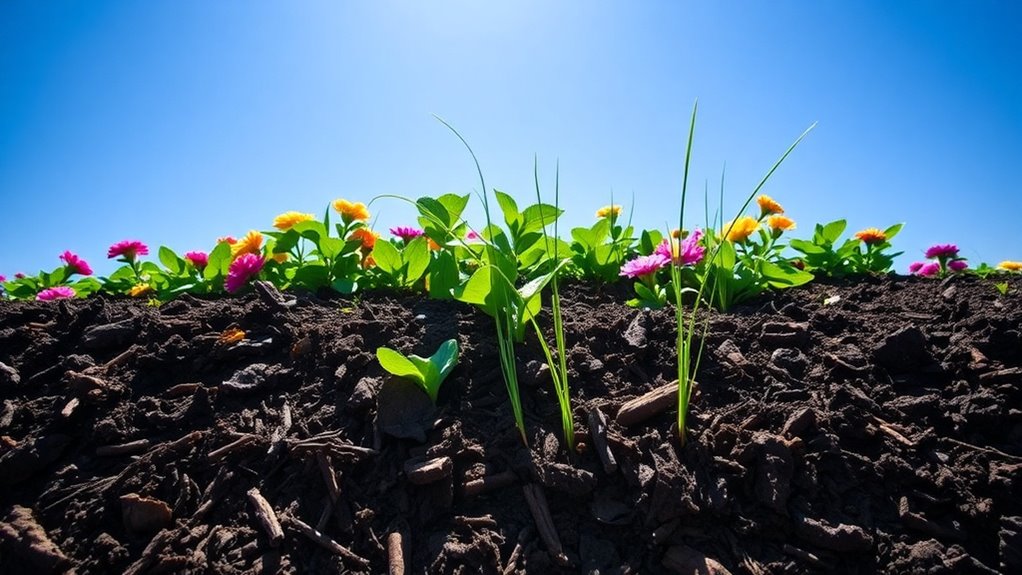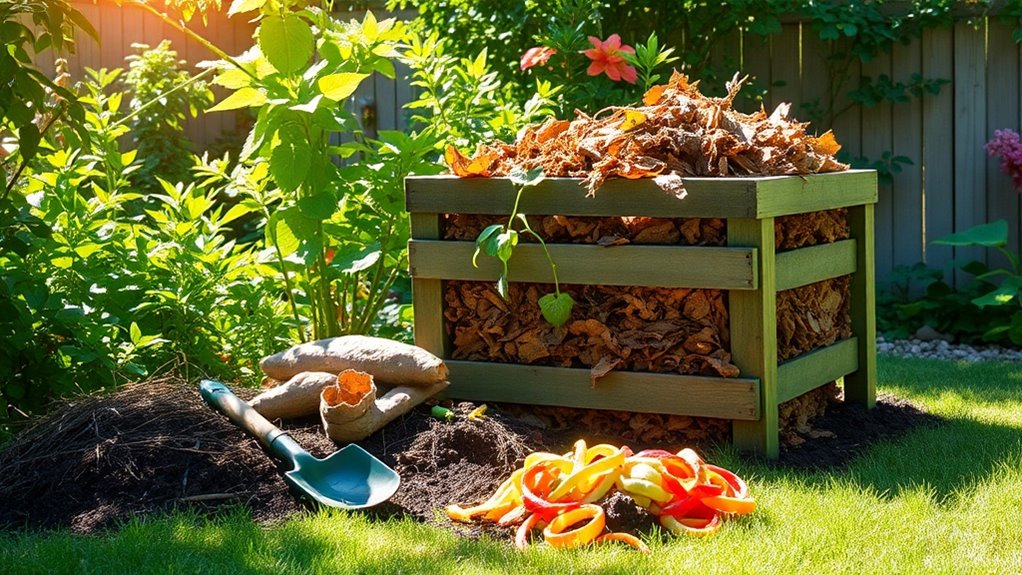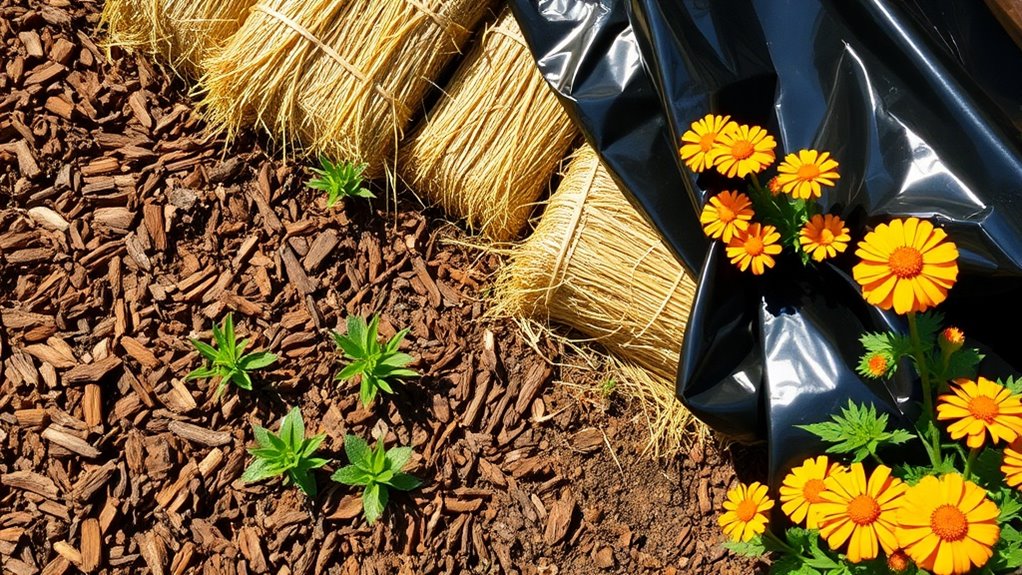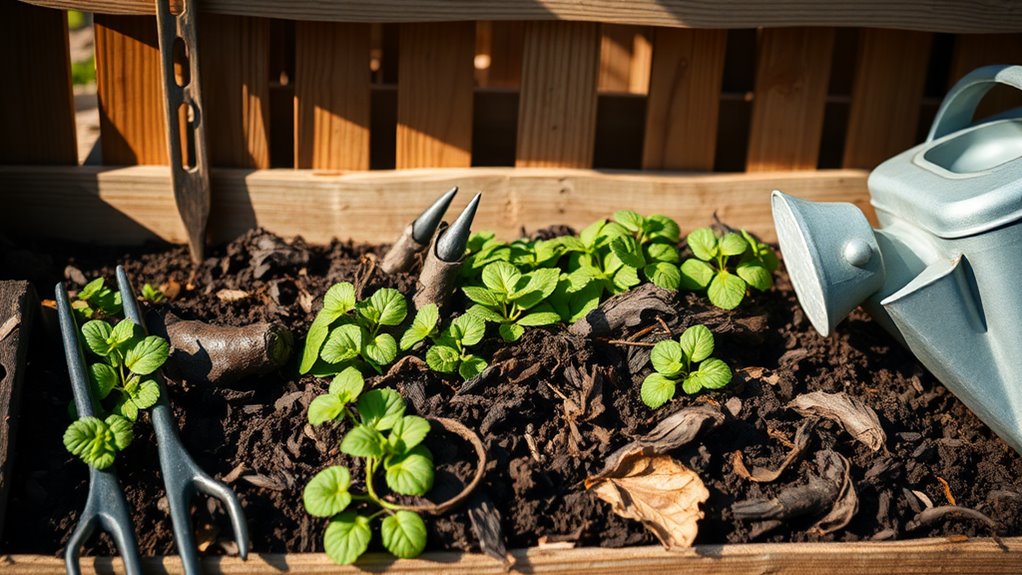How I Made My Own Mulch With Just Kitchen Scraps
When you think about creating mulch, consider the potential of kitchen scraps you’ve been discarding. Vegetable peels, coffee grounds, and eggshells are just a few materials that can transform your garden’s health. By understanding their benefits and knowing how to prepare and apply them properly, you can enhance soil quality while practicing sustainability. Discover how simple it is to start this process and the positive impact it can have on your plants.
Understanding the Benefits of Homemade Mulch
While many gardeners purchase mulch from stores, making your own from kitchen scraps offers a wealth of benefits that enhance both soil health and sustainability.
A DIY mulch recipe enriches the soil with nutrients as it breaks down, improves moisture retention, suppresses weeds, and reduces the need for chemical fertilizers. Additionally, incorporating simple ingredient swaps can further elevate the quality of your mulch and make it even more beneficial for your garden.
Plus, using kitchen scraps cuts down on waste, promoting a circular economy in gardening.
Collecting Suitable Kitchen Scraps
When you’re ready to create homemade mulch, knowing which kitchen scraps to collect is essential for maximizing nutrient content and effectiveness.
Focus on collecting items like fruit and vegetable peels, coffee grounds, eggshells, and shredded paper.
Avoid meat, dairy, and oils, as they attract pests and create odor.
The right scraps enrich your garden while reducing waste, benefiting both your plants and the environment. Additionally, incorporating essential composting tips can help guide you in selecting the best materials for your mulch.
Preparing Your Kitchen Scraps for Mulching
To prepare your kitchen scraps for mulching, start by washing and thoroughly drying any fruit and vegetable peels to eliminate contaminants and minimize odors.
Next, chop the scraps into small, uniform pieces to accelerate decomposition.
Avoid using scraps from diseased plants or those treated with pesticides.
Finally, ensure you keep the scraps in a breathable container to prevent mold growth. Additionally, incorporating everyday compost ingredients from your kitchen can enhance the nutrient density of your mulch.
Applying the Mulch in Your Garden
Applying mulch in your garden offers numerous benefits, including moisture retention, temperature regulation, and weed suppression.
Begin by spreading your homemade mulch around plants, keeping it 2-3 inches thick. Ensure you leave a gap near plant stems to prevent rot.
For optimal results, apply it in early spring or fall, as this helps regulate soil temperature and promote healthy growth throughout the seasons. Additionally, improved soil health is achieved through the decomposition of organic materials in your mulch, enhancing its effectiveness.
Maintaining Your Mulch for Optimal Results
Maintaining your mulch is crucial for maximizing its benefits and ensuring your garden thrives.
Regularly check for decomposition; once it breaks down significantly, add fresh kitchen scraps to replenish nutrients.
Keep the mulch at a thickness of 2-4 inches to retain moisture while suppressing weeds.
Aerate the mulch occasionally to prevent compacting, allowing air circulation that promotes beneficial microbial activity. Additionally, nutrient-rich compost can be created from decomposed kitchen scraps, further enhancing the efficacy of your mulch.
